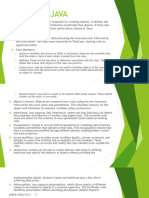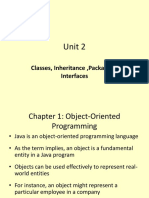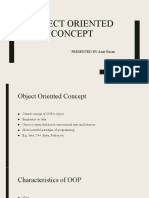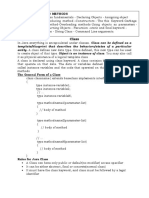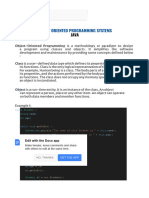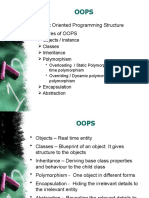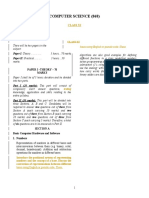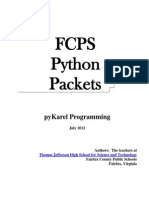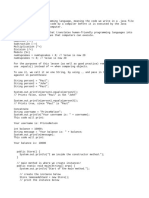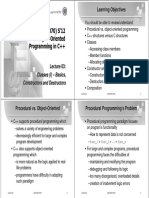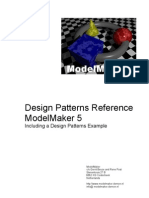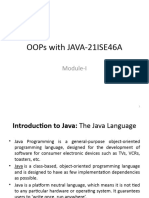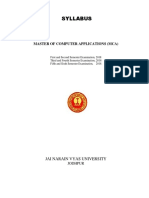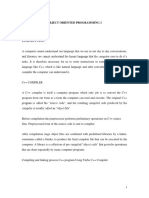0% found this document useful (0 votes)
4 views7 pagesJAVA
The document provides an overview of Java programming concepts, focusing on classes, objects, and key Object-Oriented Programming (OOP) principles such as encapsulation, inheritance, and polymorphism. It explains the structure of classes, methods, and constructors, along with how to create and manipulate objects. Additionally, it covers the use of the 'this' reference and parameter passing in Java.
Uploaded by
5mvr8z2j8yCopyright
© © All Rights Reserved
We take content rights seriously. If you suspect this is your content, claim it here.
Available Formats
Download as PDF, TXT or read online on Scribd
0% found this document useful (0 votes)
4 views7 pagesJAVA
The document provides an overview of Java programming concepts, focusing on classes, objects, and key Object-Oriented Programming (OOP) principles such as encapsulation, inheritance, and polymorphism. It explains the structure of classes, methods, and constructors, along with how to create and manipulate objects. Additionally, it covers the use of the 'this' reference and parameter passing in Java.
Uploaded by
5mvr8z2j8yCopyright
© © All Rights Reserved
We take content rights seriously. If you suspect this is your content, claim it here.
Available Formats
Download as PDF, TXT or read online on Scribd
/ 7
















